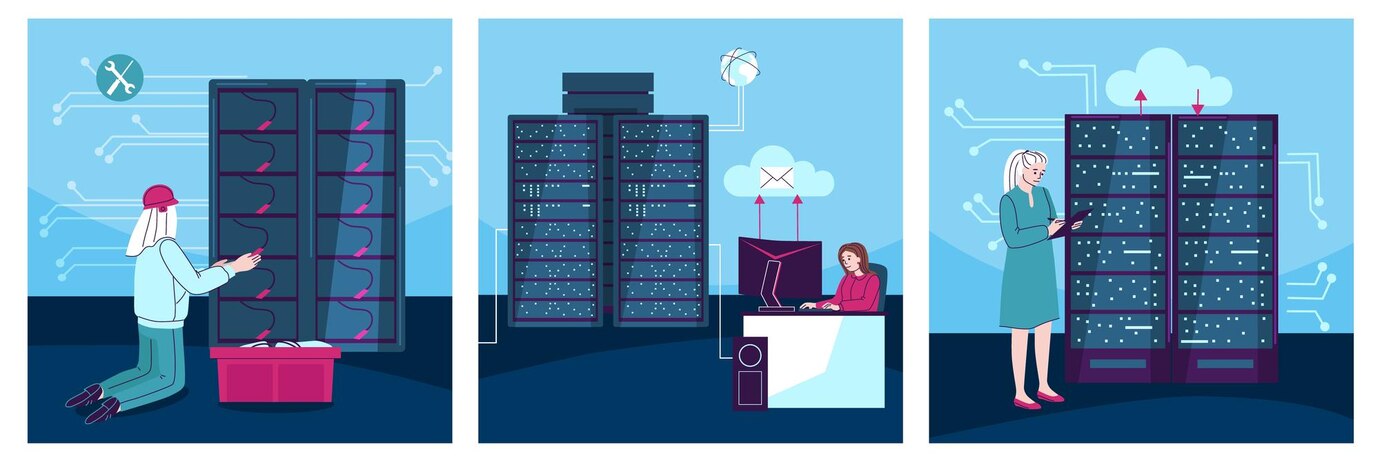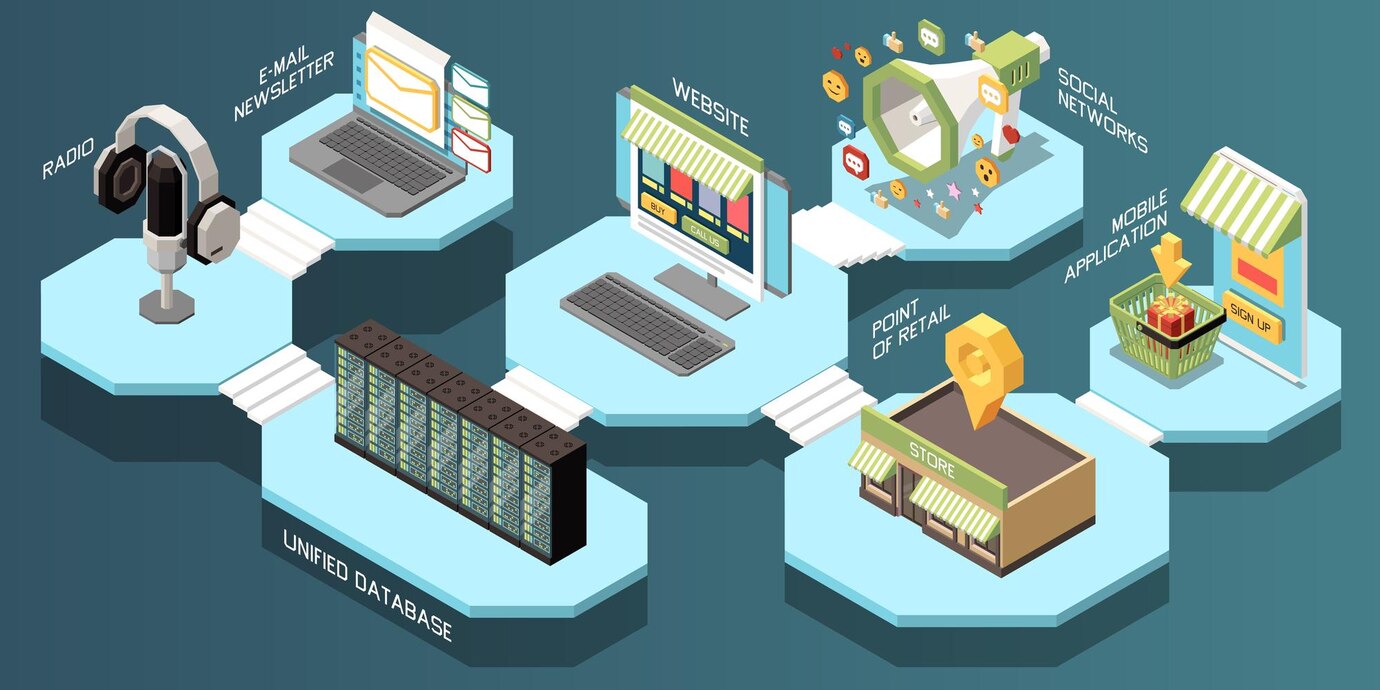Exploring the transformative power of serverless architectures for developers and businesses.
Benefits for Developers
For developers, serverless architectures represent a paradigm shift. Imagine a world where you don’t have to worry about server provisioning, scaling, or maintenance. You can concentrate solely on writing code, letting the cloud handle the rest. This freedom accelerates development cycles and fosters innovation. Let's explore this in detail.
One significant advantage is the reduced operational overhead. Serverless platforms abstract away the complexities of infrastructure management. Developers no longer need to spend time configuring servers, patching systems, or monitoring resources. This time saved can be redirected toward building better features and improving application performance. Instead of dealing with low-level details, developers can focus on solving business problems through code. Consider the time saved in managing and maintaining physical servers; that is entirely eliminated! This increased efficiency translates to quicker product releases and a more agile development process. 1
Moreover, serverless promotes faster iteration and experimentation. Developers can deploy code changes rapidly, receiving immediate feedback. This iterative approach encourages a culture of experimentation and allows for rapid prototyping. It also simplifies the process of A/B testing various features to identify optimal solutions. The ease of deployment empowers developers to make frequent updates, ensuring that the application constantly adapts to the evolving needs of the user base. For example, imagine a developer needing to add a new feature; with serverless, this can be done within minutes compared to the hours or days required with traditional server-based architecture.2
Furthermore, serverless fosters improved cost efficiency. Developers only pay for the actual compute time used, eliminating unnecessary costs associated with idle servers. This pay-as-you-go model is particularly attractive for applications with fluctuating workloads, as it ensures that resources are only allocated when needed. This reduces the financial risk associated with scaling and allows developers to focus on what matters most: building and deploying innovative applications. Imagine the cost savings when your application experiences a sudden spike in traffic; with serverless, you only pay for the extra computing power needed during that peak.

Finally, serverless architectures provide enhanced scalability. The underlying infrastructure automatically scales to handle changing demands, ensuring that applications remain responsive even under heavy load. Developers don’t need to worry about managing scaling, as the platform handles it seamlessly. This is crucial for applications experiencing unpredictable traffic spikes, as it guarantees consistent performance and avoids outages. This means a small team can handle huge spikes in traffic without worrying about managing infrastructure or having to worry about scaling their systems.
Benefits for Businesses
The benefits of serverless architectures extend beyond the realm of development, offering significant advantages for businesses of all sizes. Let's explore how serverless revolutionizes business operations.
One significant advantage for businesses is the reduction in infrastructure costs. Serverless eliminates the need for substantial upfront investments in hardware and reduces ongoing maintenance expenses. Instead of managing and maintaining their own server infrastructure, businesses can leverage the cloud's scalable resources, paying only for the compute time utilized. This model is particularly appealing to startups and smaller companies with limited budgets, offering a cost-effective way to build and deploy applications without heavy upfront investment. For instance, a small e-commerce business can launch its website without needing to purchase and maintain its own servers.
Another key benefit is increased agility and faster time to market. The reduced operational overhead allows businesses to focus on core competencies and innovate faster. By eliminating server management tasks, teams can focus on product development and deployment, accelerating the time it takes to bring new products and features to market. This faster innovation cycle gives businesses a competitive advantage, allowing them to respond quickly to market changes and customer demands. For example, a business can quickly launch a new marketing campaign with real-time data processing to understand consumer preferences better.3
Furthermore, serverless architectures provide enhanced scalability and resilience. The underlying infrastructure automatically scales to accommodate fluctuations in demand, ensuring consistent application performance even under heavy load. This eliminates the risk of outages caused by unexpected traffic spikes, preserving business continuity and protecting brand reputation. If a business's website suddenly receives a surge in traffic due to a viral marketing campaign, serverless automatically scales resources to handle the extra load without service interruptions.

Finally, serverless contributes to improved operational efficiency. The automated nature of the platform minimizes the need for manual intervention, reducing the risk of human error and streamlining operations. This allows businesses to optimize resource allocation, reduce operational costs, and focus their efforts on strategic initiatives. This efficiency translates to cost savings, improved productivity, and a greater ability to adapt to changing market conditions. For example, a global enterprise with users spread across multiple time zones can leverage serverless to ensure consistent performance, reducing latency and improving user experience.
In conclusion, the rise of serverless architectures presents a compelling shift in how applications are built and deployed. Its benefits for developers and businesses are undeniable, promising a future of increased agility, cost-effectiveness, and scalability. By embracing serverless, businesses can unlock unprecedented levels of efficiency and innovation, empowering them to compete in today's dynamic landscape. As technology continues to evolve, serverless will remain at the forefront, shaping the future of software development and business operations.